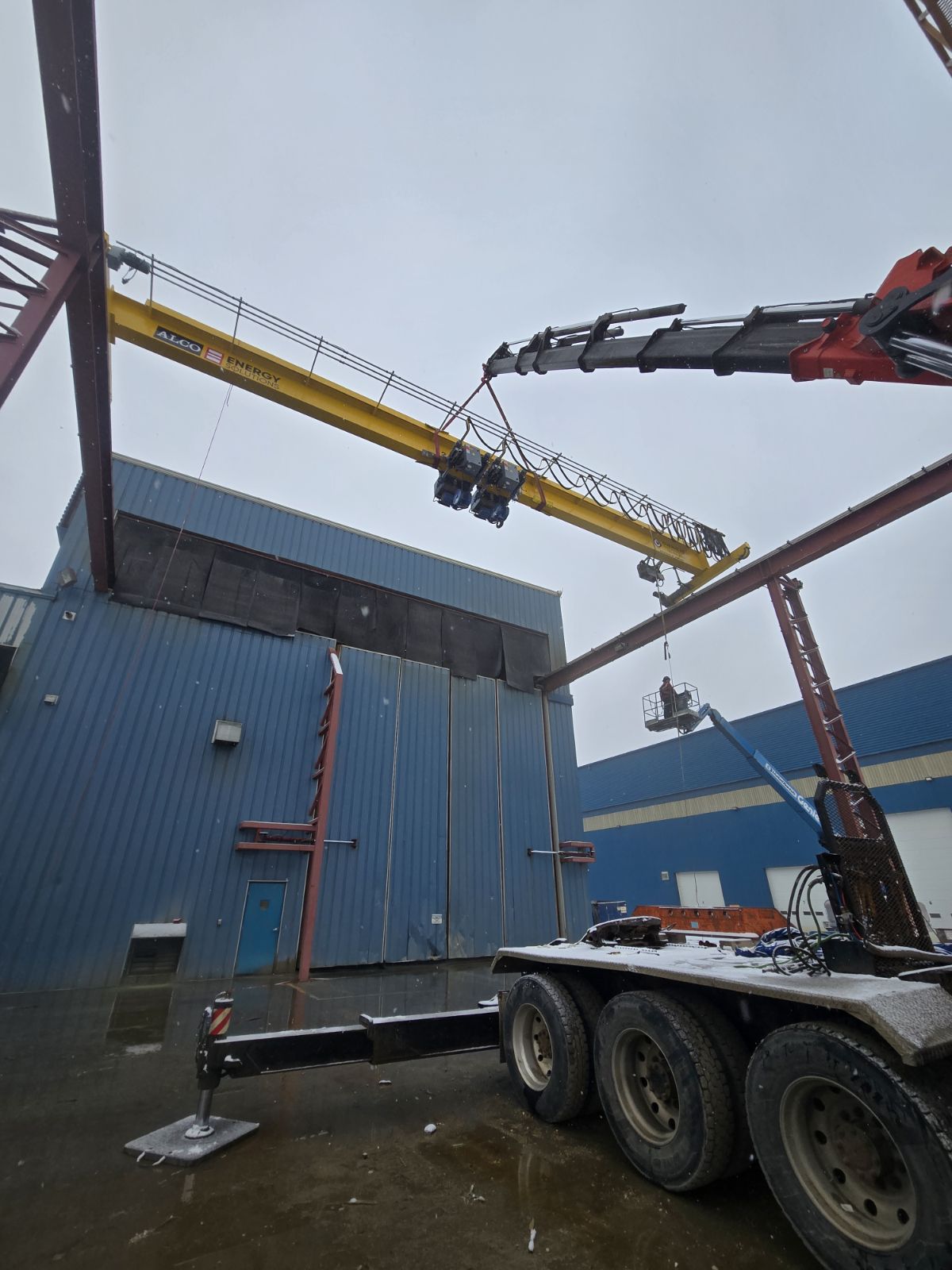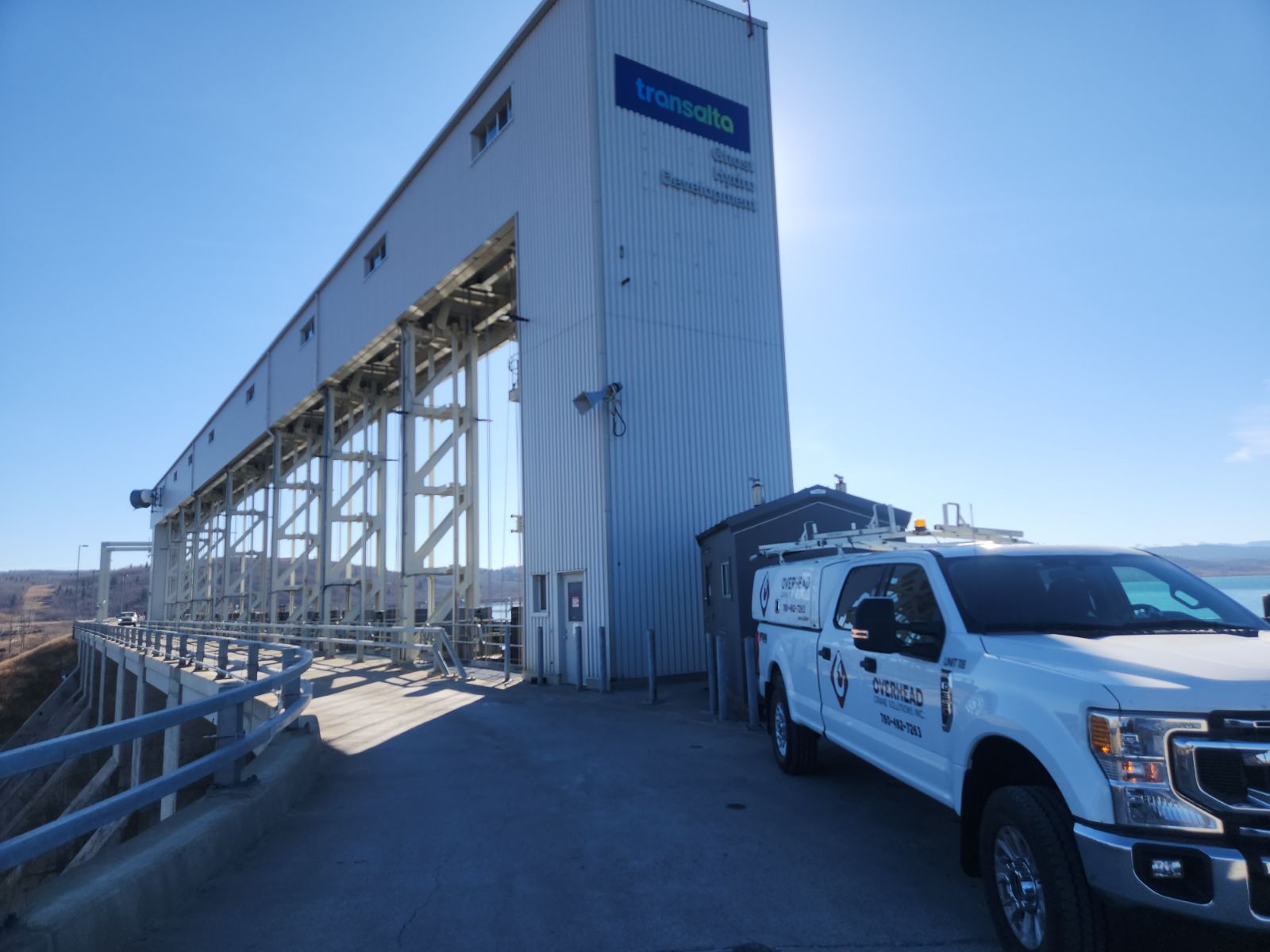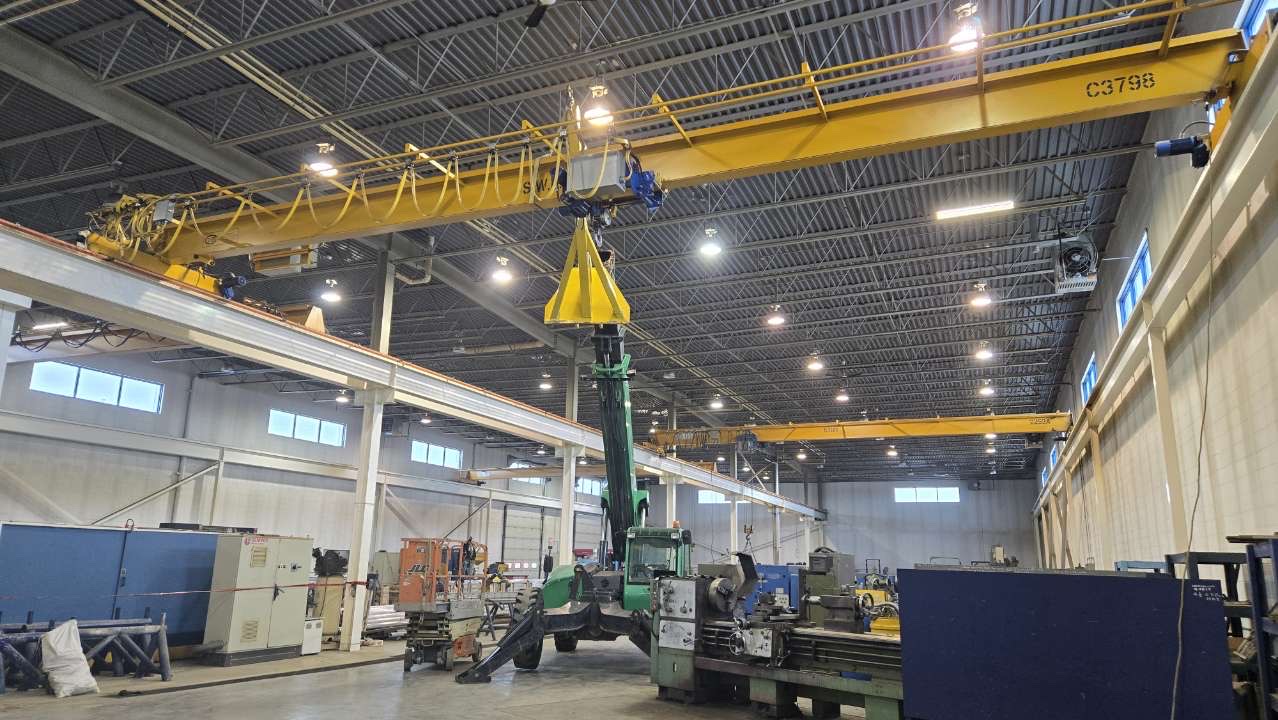Understanding the Limits of Your Overhead Crane
Overhead cranes are powerful tools used in various industries to lift and move heavy loads. However, it’s crucial to understand their capacity and load limits to ensure safe and efficient operations.
Factors Affecting Crane Capacity
Several factors influence the load-bearing capacity of an overhead crane:
- Crane Design:
- Hoist Capacity: The maximum weight the hoist can lift.
- Trolley Capacity: The maximum load the trolley can carry, including the weight of the hoist.
- Bridge Capacity: The maximum load the bridge can support, including the weight of the trolley and hoist.
- Structural Integrity:
- The strength of the crane’s structural components, such as beams, girders, and columns.
- The quality of materials used in construction.
- Environmental Factors:
- Temperature: Extreme temperatures can affect the strength of materials.
- Humidity: High humidity can lead to corrosion and weaken the crane’s structure.
- Operational Factors:
- Load Distribution: Uneven load distribution can stress the crane’s components.
- Speed of Operation: Excessive speed can cause additional stress and reduce capacity.
- Frequency of Use: Frequent use can lead to wear and tear, reducing the crane’s capacity over time.
How to Calculate Load Capacity
Calculating the load capacity of an overhead crane involves considering multiple factors:
- Hoist Capacity: Refer to the manufacturer’s specifications for the maximum load the hoist can lift.
- Trolley Capacity: This is usually a percentage of the hoist capacity, typically around 80-90%.
- Bridge Capacity: This is determined by the structural design and material strength of the bridge.
- Combined Capacity: The combined capacity of the crane is the minimum of the hoist, trolley, and bridge capacities.
Importance of Load Charts and Ratings
Load charts and ratings provide essential information about a crane’s safe operating limits. They specify the maximum load that can be lifted at different boom angles and radii. Adhering to these ratings is crucial to prevent accidents and equipment damage.
Conclusion
Understanding the capacity and load limits of your overhead crane is paramount for safe and efficient operations. By considering the factors affecting capacity, calculating load limits accurately, and following load charts and ratings, you can optimize your crane’s performance and minimize risks.
Remember, always prioritize safety and consult with qualified professionals to ensure the proper operation of your overhead crane.








